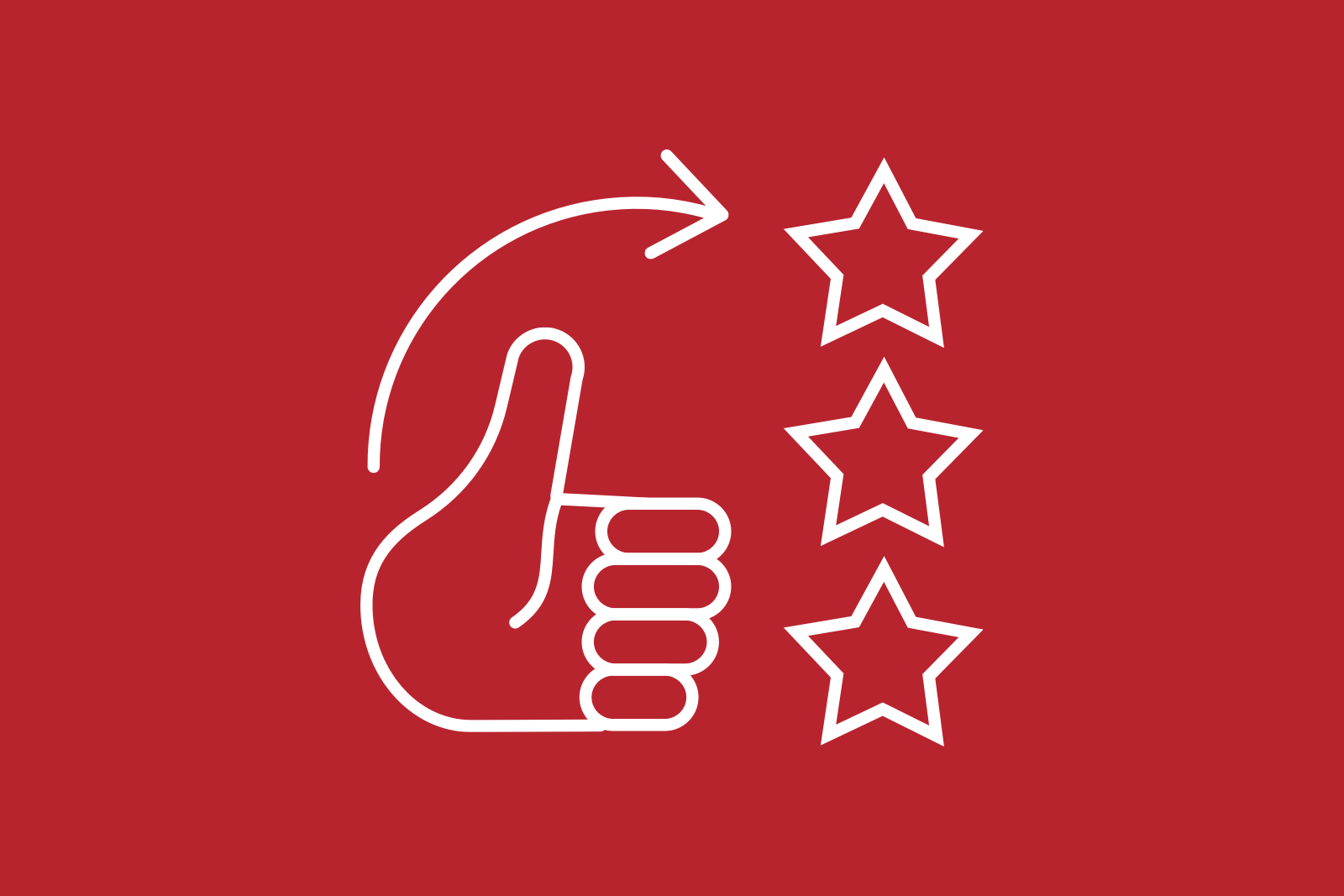Women In Tech: Data v. Creative—False Divide?

Here’s our latest roundtable, an occasional series that gathers a group of Lacek experts and invites them to reflect on some of the ideas percolating in our field.
OUR PANELISTS

Five members of our Data Intelligence team gathered to talk about their unique challenges and perspectives as women in a male-dominated tech field. Turns out—at least here at The Lacek Group, and we hope elsewhere—that topic feels a bit outdated. Instead, these tech pros were more interested in discussing how data and creativity resonate with rather than oppose each other; how data extraction leads to unexpected insights, hyper-segmentation, and more.
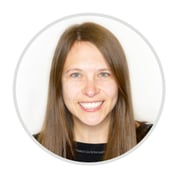
Jenna Galazen: I love using data to solve problems, illuminate insights, and support strategic recommendations. It’s like being a detective.
We start by working to understand what our business partners are really trying to get at. Sometimes the question they come in asking isn’t necessarily the one that should be answered. And that’s an exciting part of my job—diving in and discovering what we want to analyze. Then I get to collaborate with colleagues to determine how to do it.
How can we query the available data to extract the insights our clients need to make informed business decisions? Sometimes that means really digging in to rerun analyses multiple times to approach the question from various angles. Perhaps you’ll find an unexpected nugget of information that offers an exceptional lead or surprising perspective.

Lauren Reiman: Yes. We’re asking what we can do to help solve the problems they’re posing—how can we write smarter, more effective code. Right now, we're working on automating reoccurring reports to deliver them efficiently while still providing insights to our clients that are meaningful and actionable.
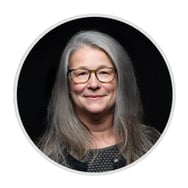
Julie Bustos: Today’s approaches represent real innovation over the years. I mean, I’ve been with The Lacek Group since 1996. Back then data came on big reels, and we needed another agency to harvest the data off of those reels and into a format we could use.
That’s one of the most exciting parts of working on the tech side of marketing. We’re constantly taking advantage of new possibilities, and sometimes trailblazing the way to innovations we want for our clients. I honestly don’t think I’ve had the same job from one year to the next. Our work always changes. In a great way.
Jenna: The work just keeps evolving.
Julie: Right? There’s always something new to discover—and I if our jobs were always the same, we’d become bored pretty quickly. It seems like our field attracts people who are just insatiably curious by nature. It’s like everything’s a puzzle waiting to be solved.
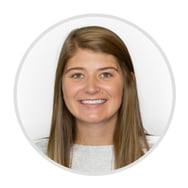
Carlye Wright: For sure. I really respond to the variety of my work. Even though all of my projects are related in an overarching sense, they demand different approaches, different kinds of thinking. And, though it may seem surprising, analyzing data often demands creativity.
Julie: Absolutely. There’s just an infinite number of possibilities, and we use our technical skills and knowledge, for sure, but we also have to think creatively about how we comb through information.
Carlye: It’s pretty incredible how much data we have at our fingertips. And I think it’s pretty cool how we can use it to personalize communications so beautifully for our clients’ target consumers.
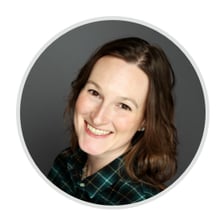
Kara Tholkes: We get to put math and quantitative problem-solving to use in ways that help guide our clients’ decisions and influence their customers’ brand experiences. I’m going to steal a quote from one of my coworkers, Sean Geist: As an agency working on loyalty marketing, our job is to help people find joy in their transactions.
What a concise and direct way to describe the connection between quantitative analysis and consumer behavior—what makes people inclined to emotionally connect with a brand and be a loyal customer. Our capacity to look at data and extract actionable insights feeds that joy.
Jenna: Yes, let’s feed more joy!
Julie: One thing that’s awesome about The Lacek Group: our amazing group of clients. I think we challenge each other to stay at the cutting edge of how new technology gets used in marketing. Sometimes their needs lead us. Similarly, sometimes we come up with interesting new approaches and help our clients achieve something they didn’t expect.
Lauren: Yes, our collaborations tend to center on continually how we can challenge each other and the status quo to keep getting better.
Julie: Yes! I’m especially proud of our work in personalization, content modularization, and audience-message relationships. Our advances in those areas were created in response to a specific client need. But our solutions for those individual clients turned into innovative processes that we can apply more broadly to our other clients.
Carlye: Isn’t that where innovation usually comes from, out of addressing a specific conflict or pain point?
Julie: I’d say innovation comes out of constraint. Say we want an answer for a particular question, but we can’t find it through the established process. Well, a characteristic many smart tech people share is laziness. We’re going to look for a way to get technology to do all the work. That’s how we can address the inherent constraints of time, bandwidth, and difficulty expanding manual processes to scale.
Lauren: I agree. We have so much work and not enough time to do it. So we’re always looking to make our process more efficient.
Jenna: I also think it’s about wanting to try new things. You have to innovate how you’re doing your existing work so you can free up time to get further ahead. And changing data privacy laws mean we need to get more creative with managing data.
Kara: Another thing we do well here at Lacek is hire people who come from a wide range of experience, ages, and different degrees. Sometimes we hire someone right out of an undergraduate marketing analytics program. They come in with a new skill set and a new way of thinking. We invite those brand-new employees to be the experts in new areas so we can learn from them.
Julie: I guess this isn’t really a constraint in the sense we were using it earlier, but the world around us is always changing, right? New generations with new attitudes and perspective, new channels, new data sources, new privacy policies. Lacek is fortunate to have so many technology thinkers and data thinkers who are also highly creative. That’s the magic combo right there.
Jenna: We have a job to do. And we do it. But at the same time, we’re always looking to riff a little bit, push ourselves into new territory as we do our job.
Julie: Because who knows what’s over that next hill?
Carlye: It feels like there’s a lot of internal support for that kind of frontier-busting thinking.
Julie: Yes! I’m astounded every week by someone’s awesome idea at Lacek. We focus a lot of support when someone says, “hey, can we do this?”
Kara: It seems like the general inclination is to think of tech jobs as very siloed, very solitary. But we actually have such a collaborative approach to our jobs. For example, right now we’re encountering a lot of confusion about how new data-privacy regulations influence emails. Our data team—though we’re spread across Lacek’s clients—keeps an open conversation going about things like different software solutions that could help us read our metrics better. We bounce around ideas about how to handle the ways our data sources are changing.
Jenna: I think Julie could probably talk about this the best, but when I think about data innovations at Lacek, I think first about CODA (Create Once, Deliver Anywhere), a proprietary dynamic messaging console. We recognized a need for personalized messaging at scale, and the team created a way.
Julie: Right. Well, you start down a journey of improvement and then you take it 1 degree further and 1 degree further and 1 degree further—and before you know it you have something that’s pretty incredible and differentiating for us as an agency.
Carlye: Also, data was at the center of Lacek’s Total Loyalty. We were rethinking customer lifetime value.
Julie: Right. Loyalty isn’t not just about transactions, it’s about emotional and structural bonds, and shared values with the brands you’re buying from. It’s not just about the dollars and cents, it’s about shared beliefs. So how do we—from a data perspective—account for all of those subjective things that make a brand sticky with a consumer and how can we use that to project how valuable individuals are and can be to that brand.
Carlye: It seems like many people find the data side of marketing intimidating. Like sometimes when you say “data analytics” and you see an overload switch kick off in their brain.
Jenna: I think in the past, creative was king in marketing and advertising. Like it was all Mad Men, all the time. The focus was on what’s visually appealing and clever, but over time clients have gravitated toward a new understanding of how much impact data insights can have on their campaigns—and, by extension, their bottom line.
Julie: Well said. And Lacek’s approach of putting a range of stakeholders together—client services, creative, data strategy—to solve problems has proven its effectiveness. I don’t know if I’d call that our secret to success, but it’s pretty vital.
Jenna: At one point we had a slide in many of our client pitches that said: We operate at the intersection of data and creativity. That’s not just a slogan here.
Julie: Actually, we’ve been landing on how our work on the Data Intelligence team is creative, but here’s another way to look at what’s unusual about our agency approach: Everyone at The Lacek Group is a data person. Every designer, every writer, everyone is thinking about how data will inform segmentation and messaging from the beginning of each campaign and every project.
Carlye: And the more we can collaborate, the better the personalization—up to and including hyper segmentation—we can achieve. Ultimately, that’s going to help our clients drive their revenue.
Kara: So much of what we do day to day is tied up with data’s reputation for being scary or overwhelming. But the heart of our work, as Lauren said, is working to drill down to really understand what insight or perspective our clients are seeking. It’s fundamentally about communication and creative problem solving. And then summarizing data in ways that aren’t “scary.”
Lauren: In that sense, our work centers on crafting stories. It’s just that the stories we’re telling come out of client data.
Kara: Right! Which is very creative.
Julie: I couldn’t agree more. We’re always striving to be better storytellers. People can look at charts all day and come away without a clue of how to proceed. But if we can make that information compelling and have a story with a real data hook, now that’s useful.
Julie Bustos, Jenna Galazen, Lauren Reiman, Kara Tholkes, and Carlye Wright are part of the Data Intelligence team at The Lacek Group, a Minneapolis-based data-driven loyalty, experience, and customer engagement agency that has been delivering personalization at scale for its world-class clients for more than 30 years. The Lacek Group is an Ogilvy company.
